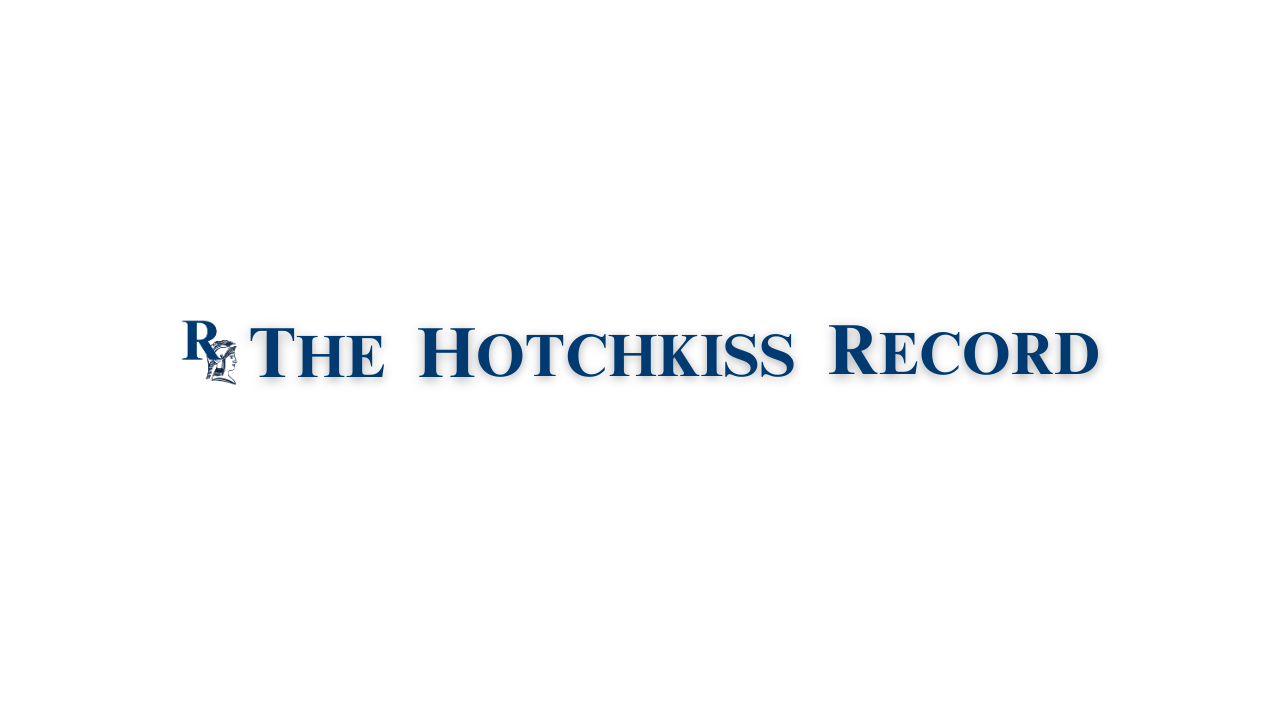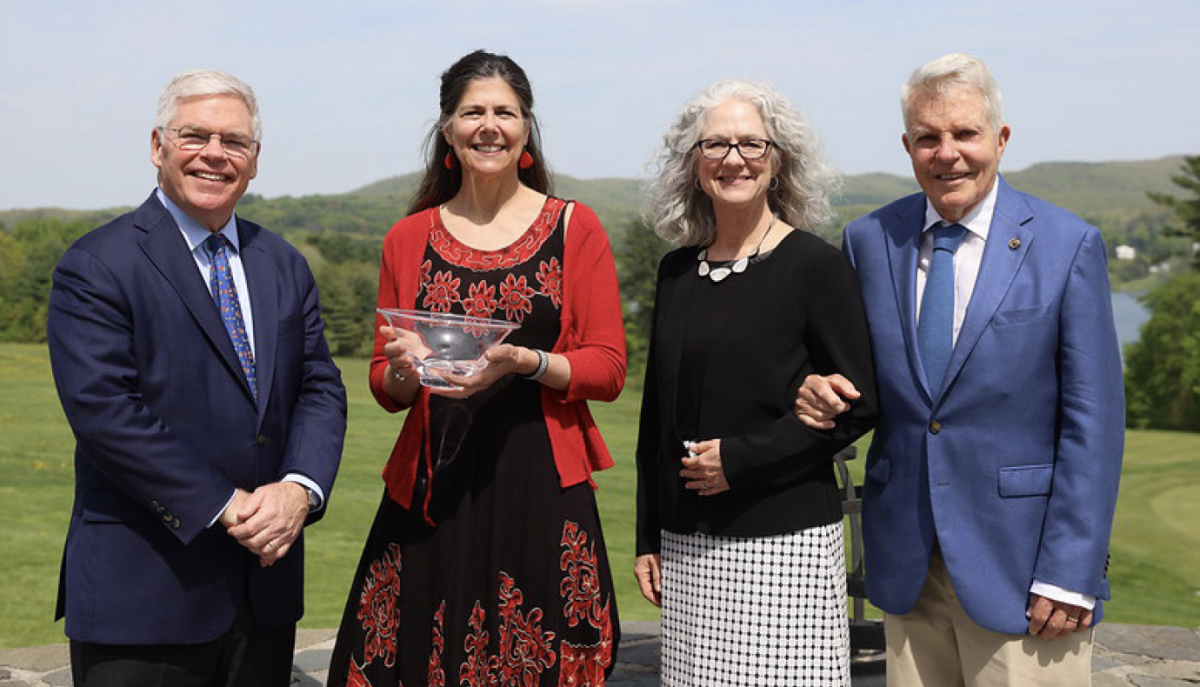The lakes and waterways of the Berkshires are being threatened by an invasive aquatic plant: hydrilla.
Hydrilla smothers native plants by using up oxygen and blocking sunlight. Fish die as the food they depend on vanishes, impairing the biodiversity of our lakes. Hydrilla’s rapid growth makes it difficult for boats to navigate through shallow waters.
The plant spreads by attaching to boat propellers, paddles, and sailboat rudders; when boats travel from lake to lake, hydrilla colonizes new environments. So far, the plant has been detected in the nearby Twin Lakes and the Connecticut River, where it has already damaged the ecosystems.
The town of Lakeville and the school’s administration have taken measures to prevent the spread of the invasive plant to Lake Wononscopomuc and Long Pond.
This summer, the town closed all public boat launches and asked lakefront homeowners to only use their water crafts on Lake Wononscopomuc.
The Lake Wononscopomuc Association, an organization composed primarily of lakefront homeowners, has also taken the initiative to address the prevention of hydrilla. The Association has been working with the school and the town to raise funds to assess the presence of hydrilla in local bodies of water and has put in place regulations to protect the lake going forward.
The organization hosts open meetings at the Grove, the local beach located up the street from Mizza’s; anyone interested in or concerned about the health of the lake is welcome to attend.
Both Lake Wononscopomuc and Long Pond border campus, which has led the administration to take an active role in preventing the spread of hydrilla. Mr. Josh Hahn, assistant head of school and director of strategic initiatives, said, “Our community should be the best stewards of the lake possible.”
Mr. Hahn has acted as a bridge between the school and the Lake Association, collaborating with the local community to combat the invasive species. He said, “The town and the Lake Wononscopomuc Association asked the school to get involved, due to the large amount of lakefront property that the school owns as well as the large number of individuals that access the lake from our property.”
Mr. Chris Oostenink, head of the science department and instructor in environmental science, has also been instrumental in shaping the school’s response to the hydrilla. He said, “Hydrilla is really problematic on numerous ecological levels, so the community’s reaction to it has been swift and tinged with great caution.”
The school has asked community members not to bring crafts to the lake that have previously been taken to other lakes, the sole exception being the boats used by the rowing team, which are thoroughly cleaned before reentering the lake. Warning signs have been posted.
With boat launches closed, the only way for people who don’t own property on the water to go out on the lake is by using a craft from the Grove, which offers minimal rentals. As a result, boat traffic on Lake Wononscopomuc has been greatly reduced.
Mr. Oostenink said, “I think it would be a real shame to uphold limited access to the lake, as it privatizes a public resource. However, if we take a slow and cautious approach now, hopefully in the future we can roll back boat user restrictions.”
Community members should not launch crafts that have been on other lakes this season. If any students see an unauthorized boat or water vessel launched into the lake, they should contact Security.







